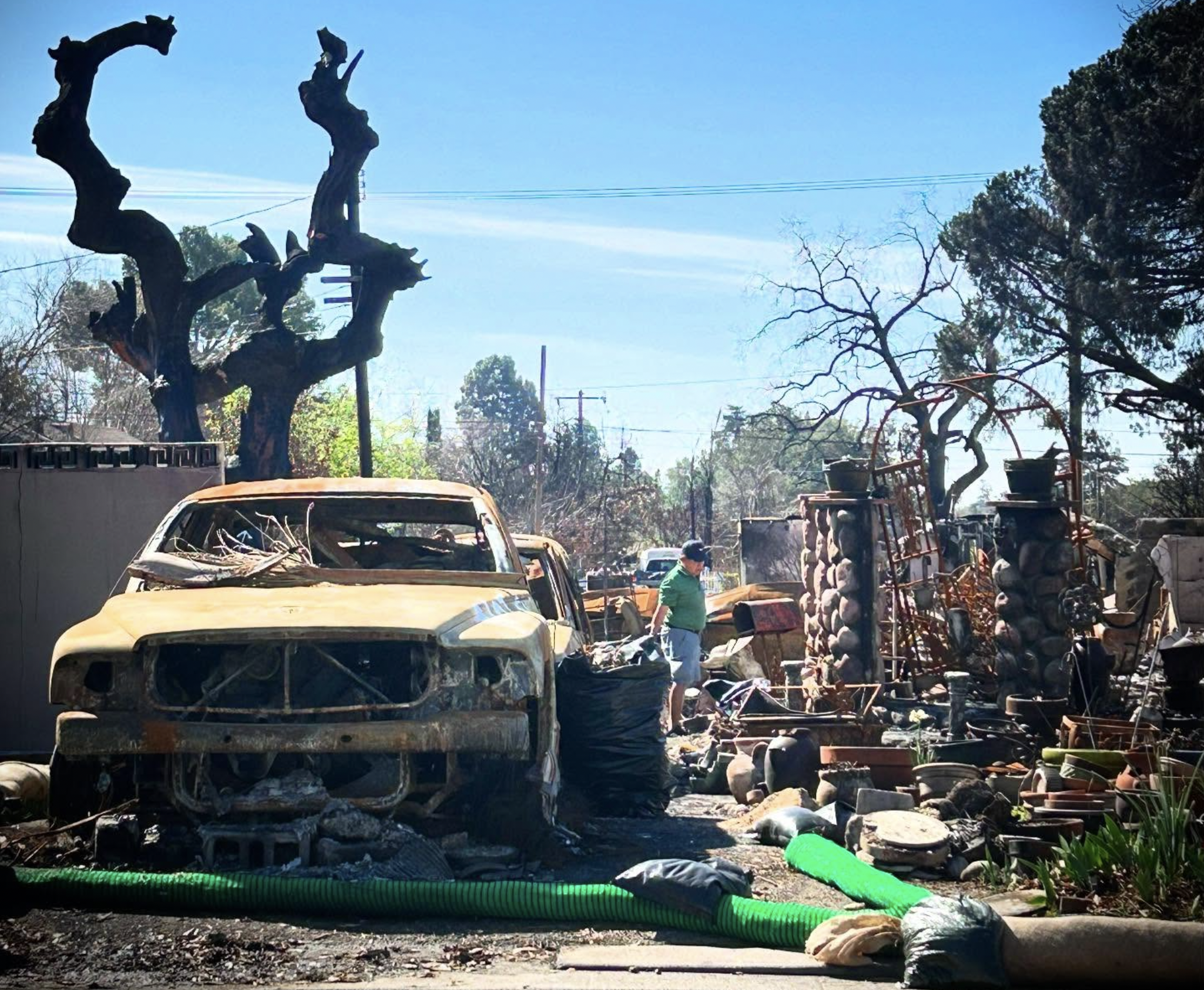In 1934, Los Angeles Times published the following statement: “No place on Earth offers greater security to life and greater freedom from natural disasters than Southern California.” However, in the last 90 years at least 30 wildfires have burned the coastal community of Malibu according to LA Times. Southern California has experienced more than just wildfires. This region also has endured a significant number of other natural disasters. SoCal is particularly prone to flooding often exacerbated by the intense rain following long periods of drought. This creates a natural cycle of extremes. Additionally, Southern California has about 10,000 earthquakes each year. According to the City of Los Angeles Management Department, most are so small that they are never felt.
Destructive wildfires are regular events in Malibu, one being the Woolsey Fire in 2018 which started in LA County and spread all the way to Ventura County. The fire burned around 96,949 acres of land and destroyed about 1,643 structures. This fire caused 295,000 to be evacuated from the affected areas. This information counters the initial statement about security and freedom in Southern California further proving it was no more than a “nice” slogan or fanciful promotional at best. As of January 2025, four fires in Los Angeles County burned through similar areas. Preliminary data regarding the disaster shows that the Palisades Fire scorched more than 23,700 acres in and around the Pacific Palisades unfortunately killing at least eight people.
Eaton Fire near Pasadena has killed at least 16 people and burned through 14,117 acres. Hurst Fire near San Fernando covered nearly 800 acres alongside the Auto Fire in Ventura County. This unfortunate series of events is paradoxically a fantastic opportunity to think and reflect on how nature retaliates as a result of human actions to drive a complex environment characterized by fatal destruction. Mike Davis, author of Ecology of fear (1998), illustrates this concept in saying “What is most distinctive about Los Angeles is not simply its conjugation of earthquakes, wildfires, and floods, but its uniquely explosive mixture of natural hazards and social contradictions.”
Some people are prone to ignore the reality of this explosive conjugation described by Davis. As a result of this, they close their eyes and choose not to face the characteristics of human irrationality which entail paranoia, social irresponsibility, and greed. Paranoia, of course, distracts attention. Blaming each other is a way to ignore that, for instance, urbanization has transgressed environmental conditions. According to New Geography, Los Angeles had been the nation’s densest urban area in the 1990, 2000 and 2010 censuses and has now been recognized as densest in the 2020 Census. The connection between urban development and environmental conditions are two queries not just for local governments but for the general population, fruitful dialogue is what social responsibility demands.
In this line headed by paranoia, our social imaginary is a vital part of this tragedy, some folks think wildfires are signal –once again- of the apocalypse. These visions decline to understand the importance of history and social experience, I mean the importance and responsibility of human action. While some people as Elon Musk are planning to build a self-sustaining city in about 20 years in Mars, some others right here on our planet, in our neighborhood are facing poorness, unemployment, lack of housing, and many other economic deficiencies. Is this a question of greed? Is it a visionary endeavor or merely a distraction?
Probably is a matter of greed, but who cares? I mean who cares about income, pay, gender, racial or wealth inequalities? Most of times is just a matter of complaints, but not solutions. Many times, these issues are even discussed in a classroom, and they also are the content of political promises, but in fact these issues are forgotten very soon; and this is not about to seem moralist, it is about to think about our daily problems and to design solutions beyond a populist character.
Ultimately, I am wondering about the importance of a moral sensitivity, about a genuine interest for human lives, and how to reduce the brutal economic, social and political gaps that we face every day. Amidst this backdrop of existential threats, one cannot help but question the efficacy of our current strategies and policies. Are we merely reacting to disasters, or are we proactively mitigating risks? The role of government, private sectors, and citizens in fostering a resilient society cannot be overstated. Comprehensive urban planning, stringent enforcement of environmental regulations, and active community engagement are essential components in building a sustainable future.
Moreover, education and awareness play critical roles. The public must be educated about the realities of climate change and the importance of sustainable practices. Schools, universities, and media outlets have a responsibility to disseminate accurate information and foster critical thinking. It’s incumbent upon each individual to not only understand these challenges but also to actively participate in solutions. The intersection of environmental issues and social justice is another dimension that demands attention. Vulnerable communities often bear the brunt of environmental hazards due to their socio-economic status. Addressing these disparities is not just a matter of fairness but a necessity for societal cohesion. Equitable access to resources, fair distribution of environmental burdens, and inclusive decision-making processes are fundamental to achieving environmental justice. In conclusion, while the challenges posed by natural disasters and social contradictions in Southern California are formidable, they also present an opportunity for profound reflection and action. By embracing a holistic approach that integrates environmental sustainability, social responsibility, and economic equity, we can navigate this complex landscape and forge a path towards a more resilient and just society. The time to act is now, and it requires the collective effort of all stakeholders to ensure a future where security and freedom are not just slogans but lived realities.

